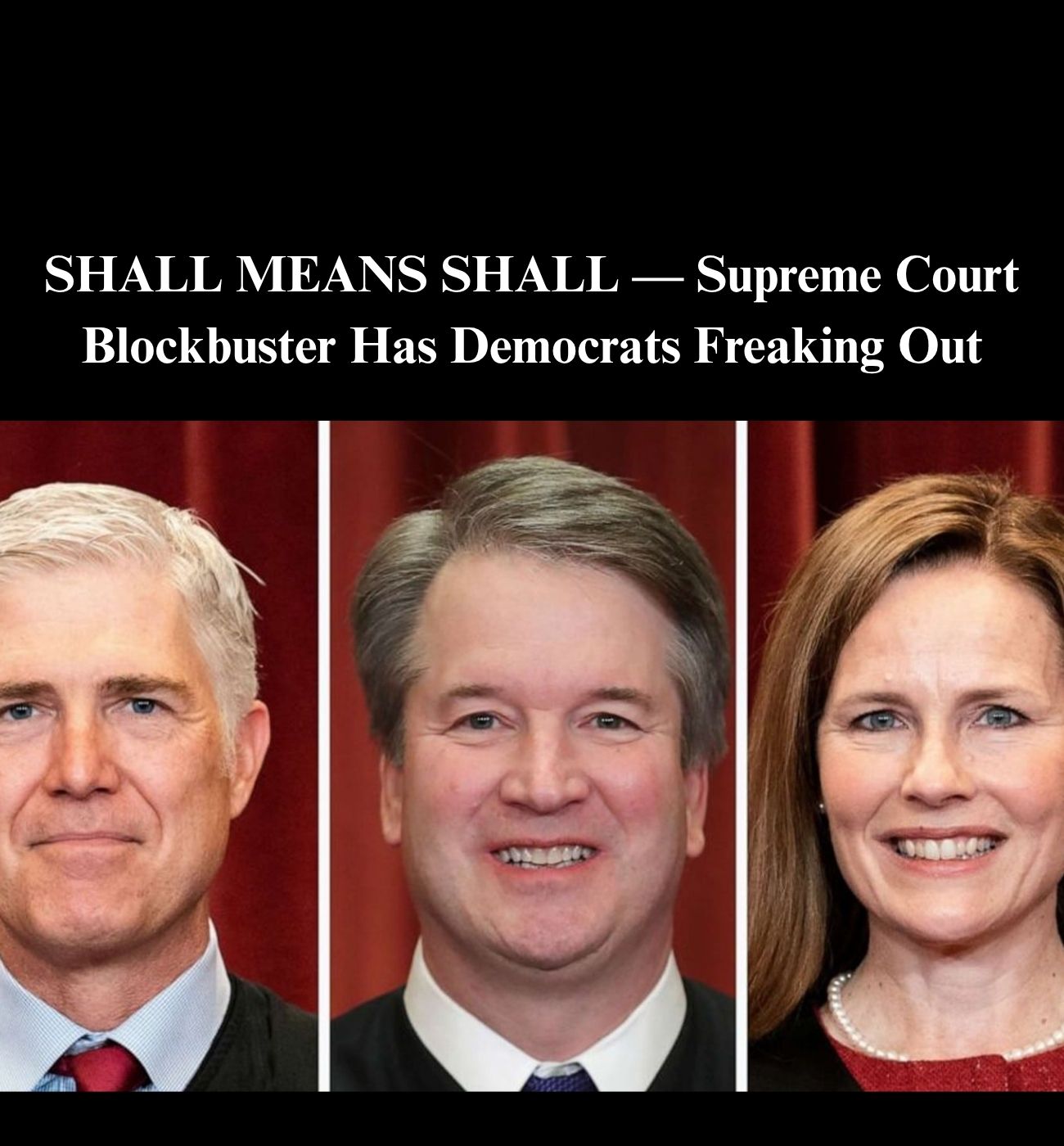The U.S. Supreme Court on Wednesday appeared poised to tighten the reins on how federal courts enforce Section 2 of the Voting Rights Act, potentially shielding state lawmakers from challenges that conflate race and partisanship in redistricting.
During re-arguments in Louisiana v. Callais, a conservative majority signaled openness to an approach backed by the Trump Justice Department, which could make it tougher for plaintiffs to win claims of racial vote dilution in regions where voting patterns align closely with party lines—a hallmark of modern Southern politics.
The case stems from Louisiana’s 2022 congressional map, which a federal district court deemed likely in violation of Section 2 for concentrating Black voters, who make up about a third of the state’s population, into just one majority-Black district out of six.
In response, lawmakers in 2024 adopted a remedial plan creating a second such district. But white voters sued, alleging the fix amounted to an unconstitutional racial gerrymander, and a district judge sided with them.
Initially argued in March, the case returned after the justices ordered fresh briefs on Section 2’s constitutionality.
Over the summer, Louisiana flipped its stance, now urging the Court to curb or eliminate race-conscious districting. Black voters who initiated the original challenge defended the remedial map, arguing it corrects proven dilution of minority voting power.
Conservative justices showed reluctance to invalidate Section 2 entirely, a provision enacted in 1965 and strengthened in 1982 to bar practices denying minorities equal electoral opportunity.
Instead, they honed in on a narrower theory from Principal Deputy Solicitor General Hashim Mooppan, representing the Trump administration.
Citing the 2019 Rucho v. Common Cause ruling that barred federal courts from policing partisan gerrymandering, Mooppan argued states could defend maps by invoking legitimate partisan aims—even if those overlap with racial demographics.
This would allow mapmakers to prioritize Republican advantages, for instance, without running afoul of Section 2, as long as the intent isn’t purely racial.
Chief Justice John Roberts, who penned the 2023 Allen v. Milligan decision mandating a second majority-Black district in Alabama, probed whether this framework aligns with Allen and the Court’s Thornburg v. Gingles test.
That test requires plaintiffs to show a minority group is sufficiently large and compact, votes cohesively, and faces majority bloc voting that thwarts their candidates. Roberts seemed intent on reconciling the proposal with precedent, avoiding a wholesale overhaul.
Justice Brett Kavanaugh, a key vote in Allen alongside Roberts and the liberals, questioned if Section 2 remedies need a “sunset” clause, drawing on cases limiting race-based policies to temporary fixes.
Justice Samuel Alito delved into “congruence and proportionality” when race and party track each other, expressing concern over judicial overreach in politically charged disputes.
Louisiana Solicitor General Ben Aguiñaga went further, calling for an outright ban on using race in redistricting. He contended the Gingles factors force states into “government-mandated racial balancing,” clashing with the Constitution’s equal protection clause. Several conservatives nodded to the dilemma: states caught between statutory demands for minority districts and constitutional bars on racial sorting.
The Court’s three liberal justices countered sharply. Justice Ketanji Brown Jackson drew an analogy of the Voting Rights Act with the Americans with Disabilities Act, which drew criticism for comparing black people to disabled people.
Justice Elena Kagan warned the partisan-defense rule would gut Section 2 in the South, where Black voters lean heavily Democratic and whites Republican, rendering the law ineffective. Janai Nelson of the NAACP Legal Defense Fund echoed that, cautioning it would let states mask racial dismantling as partisan tweaks.
The ruling’s stakes are high amid ongoing redistricting battles in GOP-controlled states. Louisiana has redrawn lines twice post-2020 census, with similar fights brewing elsewhere. A decision elevating partisan considerations could reshape 2026 maps, limiting federal intervention and giving states more latitude when politics and race intersect.
No timeline was given for the opinion, but it could clarify or constrain Allen and Gingles, rebalancing federal voting protections with state sovereignty in an era of polarized electorates.
